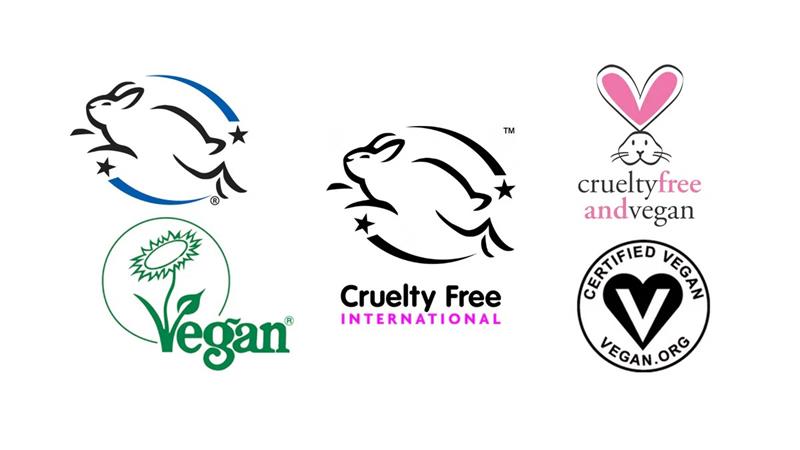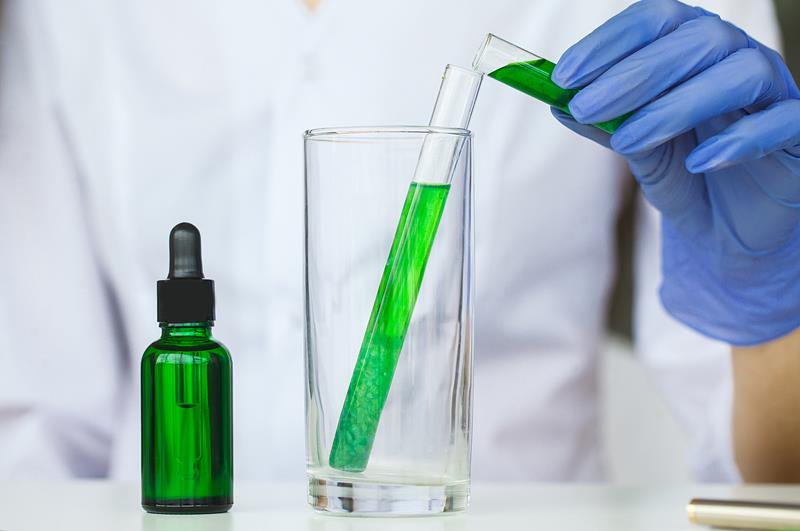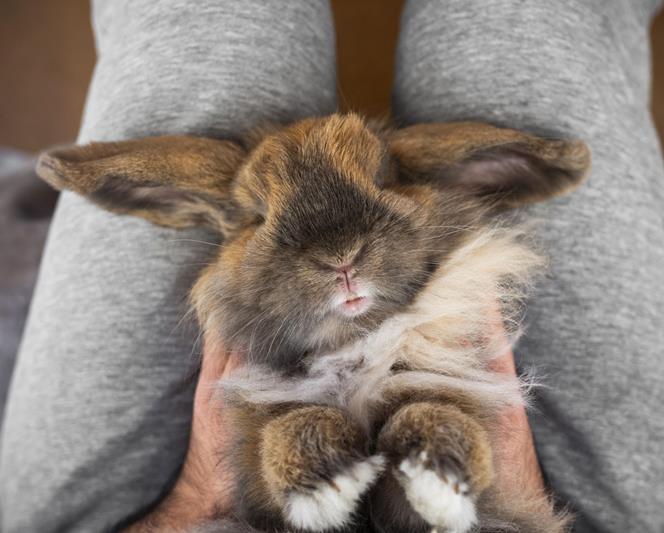Recently, veganism gained significant popularity worldwide, especially among young people and teenagers. Statistics show a growing number of people switching to veganism for various reasons: healthy eating, animal welfare, or the desire to reduce the overuse of natural resources. The manufacturing of such products requires reliable quality control and confirmation by a special certification. Such systems represent non-animal testing certifications and programs with strong policies.
The Guide to Vegan and Cruelty-Free Labels
What cruelty-free means is certification system confirms cruelty expelling during processing – the product has not been tested on animals. The symbol became the first internationally recognized symbol for cruelty-free products and guarantees that no animal testing has been carried out at any stage of the product’s development.
Vegan means that the product doesn’t contains animal ingredients. But this does not exclude the possibility that the product has been tested on animals. Although now more and more often on the market there are products with the label “cruelty-free”, which are also vegan.
When you spot the “Certified Humane” label on a product, you can trust that the food comes from farms meeting rigorous, objective standards for animal welfare.
Is Cruelty-Free the Same as Vegan?
People often confuse these terms or mistakenly believe they are interchangeable but they have distinct meanings.
Vegan refers to products that are completely free from any ingredients derived from animals, promoting the use of animal-free alternatives for the benefit of animal welfare. This means that no animal products are included in the formulation.
On the other hand, cruelty-free means that a product might include animal-derived ingredients or by-products but has not been tested on animals. However, this label does not ensure that the product is organic, free from synthetic ingredients, or packaged in an environmentally friendly, zero-waste manner.
Methods Used to Test Cruelty-Free Products
Modern society is becoming more focused on animal welfare and environmentally friendly products. As a result, more companies are opting out of animal testing.
Instead, they are employing alternative methods that are not only more humane but also often more precise and effective:
- One of the most common methods is the use of cell cultures grown in laboratory conditions. This allows researchers to observe how cells respond to a new ingredient or product in a controlled environment. An important advantage is its ability to provide accurate toxicity and efficacy data without the need for animal experiments.
- Computer modeling (in silico testing) involves the use of complex programs to simulate the body’s response to a new product. This makes it possible to predict toxicity, allergenicity and other key parameters.
- In vitro testing is performed outside a living organism, in artificial conditions, such as test tubes or other laboratory containers. Researchers use different methods, including skin and eye irritation, mutagenicity and cytotoxicity, which give more accurate results.
- Following initial laboratory testing, clinical trials are conducted where volunteers use the product for a specified period. These trials assess the product’s safety and effectiveness directly in humans, providing crucial confirmation before it reaches the market.
The move to non-animal testing methods is a significant advance in ethical science and production. To receive cruelty-free certification, a product must meet standards, provide evidence of no animal testing, use alternative testing methods, and pass an audit. After this, a certificate is issued that confirms compliance with the requirements.

The most-known certification labеling list
Many organizations are working to establish a standardized set of requirements for manufacturers. These organizations label products as “cruelty-free,” “vegan,” or “eco-friendly.” Here are a few insights about their efforts.
Leaping Bunny
It provides the strongest assurance that a company is truly committed to ending animal testing. Brands must meet stringent global standards that exceed legal requirements, including regular independent audits. The certification is managed by various organizations: Leaping Bunny, through the CCIC (a coalition of eight national animal protection groups, including the Humane Society), oversees the logo in the U.S. and Canada.
The Vegetarian Society
This organization certifies products as vegetarian (which may include eggs or dairy), vegan (free from animal by-products), plant-based (composed mainly of plant ingredients), or animal-free (with no animal-sourced ingredients and not tested on animals).
Compassionate Shopping Guide (by Nature Watch Foundation)
It stands out as the sole organization in this guide that guarantees a comprehensive commitment from the entire company group to avoid animal testing. This assurance ensures that every aspect of the company’s operations adheres to strict policies against using animals in testing processes.
People for the Ethical Treatment of Animals (PETA)
This green organization is dedicated to combating animal cruelty and advocating for the ethical treatment of animals. PETA achieves its goals through a multifaceted approach that includes public education, legislative lobbying, animal rescue operations, and protest campaigns.
The Vegan Society
The only certification program that requires all products to be completely free of both animal testing and animal ingredients. This comprehensive requirement reflects a more holistic and consistent commitment to animal rights and welfare than other certification bodies. The Vegan Society promotes a rigorous and consistent approach to ethical practices in all aspects of product development and testing.
Soil Association
It oversees the raw materials in certified products to guarantee they are not tested on animals. This regulation applies to both specific products and the brands they belong to. During certification, the organization rigorously evaluates each product, ensuring all ingredients and processes adhere to strict ethical standards regarding animal testing.




